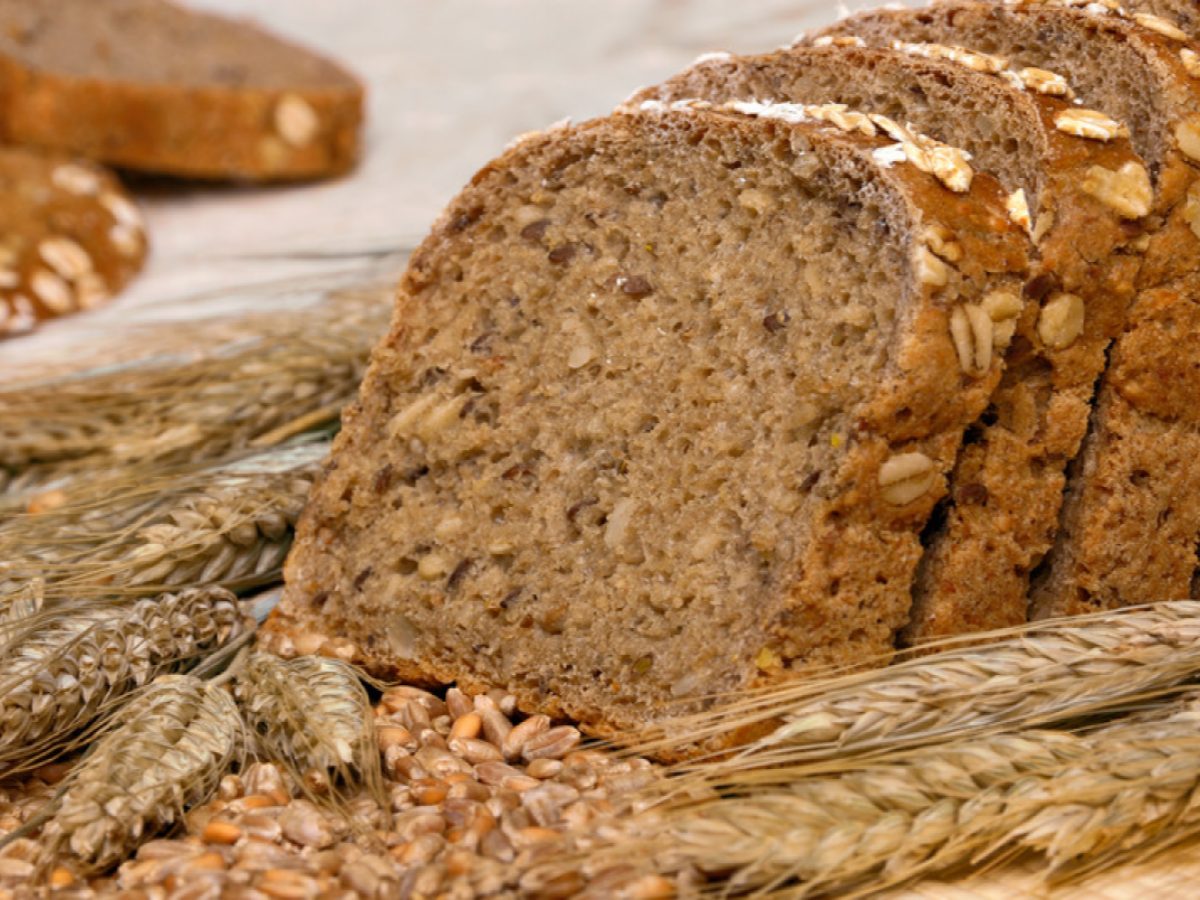Identifying Whole Grain-Rich Foods
Institute of Child Nutrition (ICN)
January 4, 2024

Whole grains are an essential part of a healthy diet, which is why the CACFP meal pattern requires that at least one serving of grains per day be whole grain-rich* (WGR).
CACFP programs use several pieces of information on a food package to determine whether a grain item is WGR. Some, but not all, information on a food package can help identify WGR foods. Our partners at ICN have tips to help you use the food package to determine which foods are WGR and how to avoid the pitfalls of confusing terms and phrases.
Three Places to Look on a Food Package for WGR
The three areas on a food package that can help determine whole grain-rich foods are:
- Product Name
- Common or Usual Name
- Standard of Identity
- FDA-Approved Health Claims
- Ingredients List
Each area of the food package provides different information. Know what to look for as you review whole grain-rich foods.
Product Name
Common or Usual Name
The common or usual name of the product can indicate a whole grain. A food is WGR if the only grains it contains are whole grains. For example, oats are whole grain-rich because they are 100% whole grain. Other examples are brown rice, millet, and quinoa. For a more detailed list of food names that are whole grains, see page 5 of Identifying Whole Grain-Rich Foods for the CACFP.
Watch Out for Confusing Terms and Phrases
Marketing phrases or terms on the fronts of food packages may be confusing when it comes to identifying WGR foods. Here are some examples:
- Multi-grain
- Made with whole grains
- Contains whole grains
- Made with whole wheat
None of these terms means the product is WGR. Multi-grain means that more than one grain is contained in the product. Those grains might not be whole grains. The terms “made with whole wheat,” “made with whole grains,” and “contains whole grains” do not indicate the amount of whole grain in the product. It could be very little of the total product weight. Do not use these terms to determine if a food package is WGR.
Standard of Identity
Standards of identity names on food packages assure that products are 100% whole wheat and, therefore, WGR. For example, a whole wheat pasta package that states, “Whole Wheat Macaroni Product” is WGR.
Standards of identity exist for these whole grain products:
- Bread, Buns, and Rolls labeled “Whole Wheat,” “Entire Wheat,” or “Graham”
- Whole Wheat Pasta (Macaroni, Macaroni Product, Spaghetti, and Vermicelli)
FDA-Approved Health Claims
The FDA health claims assure consumers that the product meets the scientific standard to print the claim on the package.
Two of the FDA health claims identify WGR items. For a product to be WGR, it must include one of the FDA-approved whole grain health claims on its packaging.
FDA Health Claims
“Diets rich in whole grain foods and other plant foods and low in total fat, saturated fat, and cholesterol may reduce the risk of heart disease and certain cancers.”
“Diets rich in whole grain foods and other plant foods, and low in saturated fat and cholesterol, may help reduce the risk of heart disease.”
Ingredient Lists
The FDA requires that food packages include an ingredient list. They often appear above or below the Nutrition Facts label.
Ingredients appear in descending order from most to least. When looking at ingredients for WGR foods, look for a whole grain as the FIRST ingredient. The next two grain ingredients listed, if any, must be whole grain, enriched grain, bran, or germ.
Here are some examples of products that are WGR. The ingredients highlighted in blue are the creditable grain ingredients used to determine the items to be WGR. An enriched grain will include the nutrients added during the enrichment process in parentheses after the grain (e.g., Iron, Niacin, etc.).

For more tips, read ICN’s January Mealtime Memo! Also check out NCA’s Grains Meal Pattern page for more resources.
NCA Whole Grain-Rich Meal Pattern Minutes (MPM) and Resources
- MPM Whole Grain-Rich
- MPM Whole Grain-Rich and CN Labels
- MPM Identifying Whole Grain-Rich Method 1
- MPM Identifying Whole Grain-Rich Method 2
- MPM Identifying Whole Grain-Rich Method 3
- MPM Identifying Whole Grain-Rich Method 4, Part 1
- MPM Identifying Whole Grain-Rich Method 4, Part 2
- MPM Identifying Whole Grain-Rich Method 5
- MPM Identifying Whole Grain-Rich Method 6
- Identify Whole Grain Rich Resource
- The Word on Whole Grain Resource
